(October 25, 2022) “Whenever people at Tufts asked me what were my plans after studying on such an expensive scholarship, I always answered that I would take the first flight to India on the very last day of my graduation to make a difference there.” Sharad Vivek Sagar kept that promise. When the fresh graduates were partying away at Tufts on their graduation night, Sharad took the flight to India, came to Patna and resumed work at his organisation, Dexterity Global. The organisation currently reaches seven million people in India’s remotest towns and villages, helping youngsters find opportunities in education, upskilling and building local community role models.
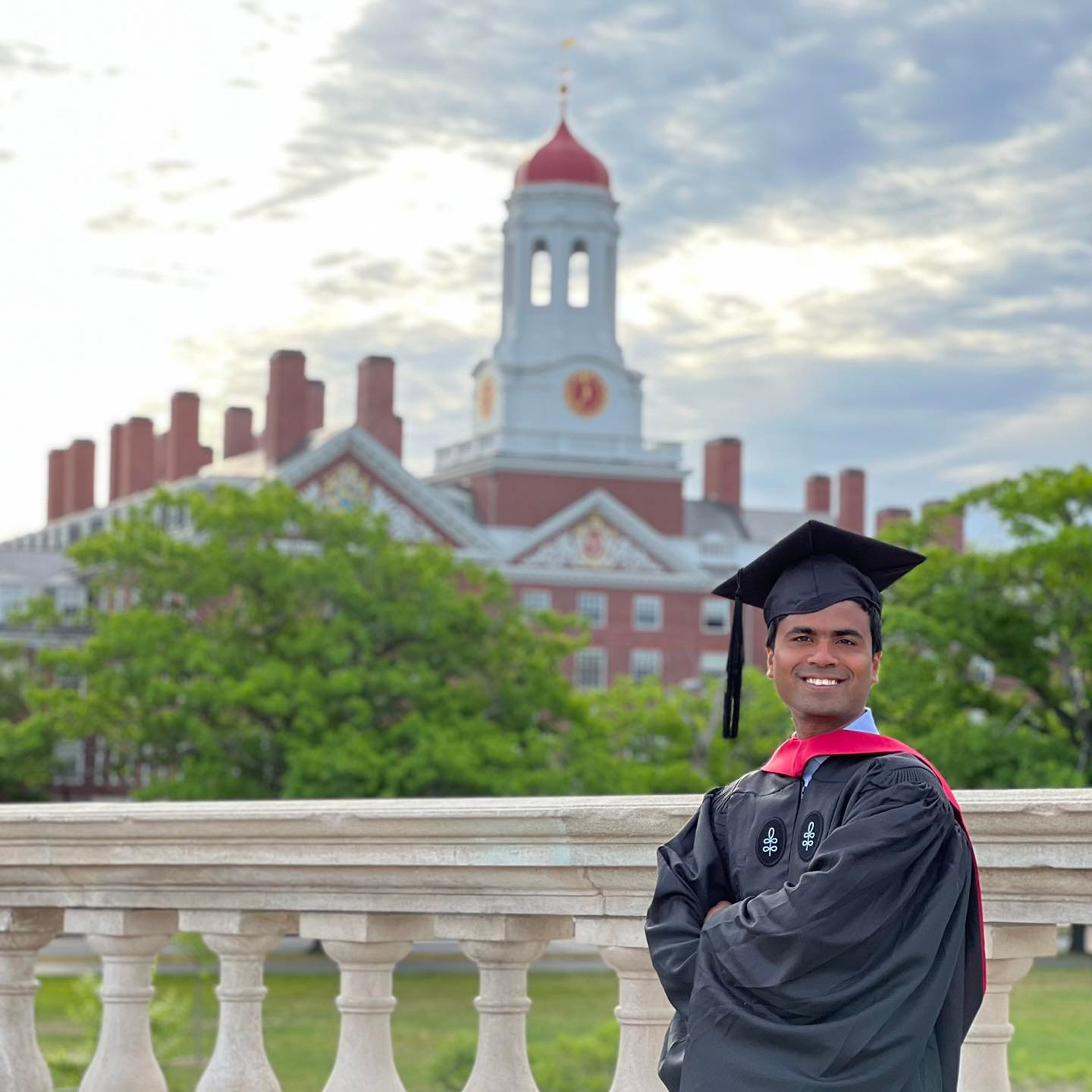
Posing near Harvard University
Early struggles to making it big
The alumni of two of the most famous universities of the world, Sharad did not go to school until class four. His father, a State Bank of India employee, was often posted in rural areas. The six villages in which Sharad and his siblings grew up were in such utterly remote regions of Bihar that there were no schools around. Home schooling was the only option.
However, the youth icon, and the founder of Dexterity Global, not only went on to study in the world’s most renowned institutions – Tufts University and Harvard – he has even visited the White House. Upon the invitation of former President Barack Obama in 2016, Sharad was among a special gathering of young leaders, spending nine hours inside, at the most famous address in the world. Another coveted invitation that the social entrepreneur got was from the Nobel Peace Centre to attend the Nobel Peace Prize Ceremony, which he did.
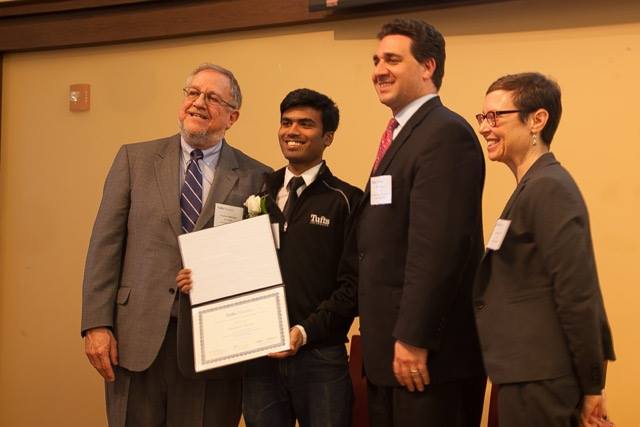
Receiving the Tufts Senior Award in 2016
“At Dexterity Global we teach humility to children, I don’t feel right talking about myself or my achievements in interviews,” the changemaker says humbly, as he talks to Global Indian.
Starting young
Sharad forayed into social entrepreneurship to uplift the lives of young people in remote areas when he was just of 16, and managed Dexterity Global’s activities remotely while pursuing his bachelors at Tufts University, where he exceled in both academics and sports. For his impactful work, he has been recognised as 100 Next Century Innovators in the centennial list by Rockefeller Foundation, and listed in Forbes 30 Under 30 while he was still a student at Tufts. The grassroots hero of Bihar has even enjoyed a place in Queen of England’s Young Leaders list.
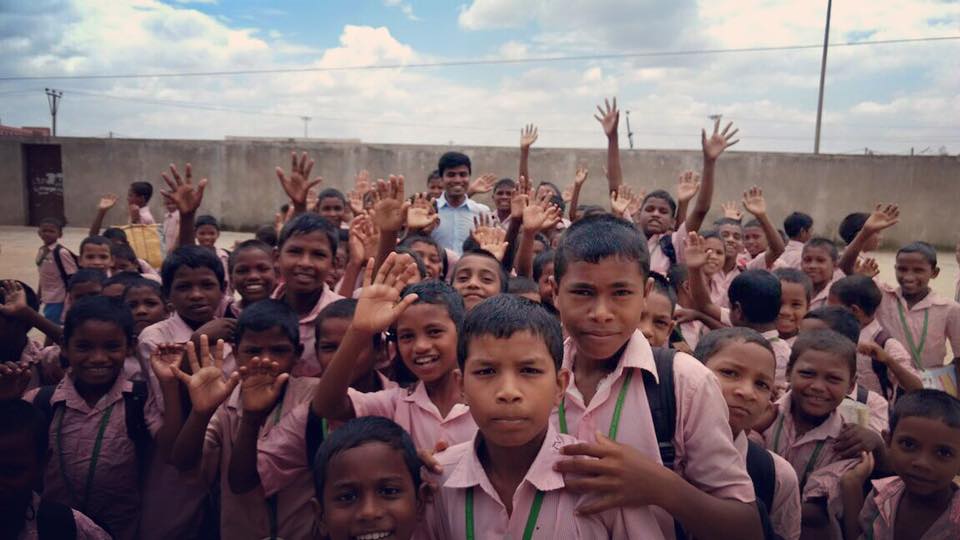
With tribal kids of Odisha
Dexterity Global’s impact
Whether they are tribal kids from the East Khasi Hills in Meghalaya, flood-stricken districts of Bihar or far-flung areas of Andhra Pradesh, Dexterity Global works with the focus to build grassroots leadership in remote corners of the country. It has expanded its reach to some parts of South Asia as well.
If you want to make a difference to the world, your focus should be on your own self-transformation. You should regulate your thoughts in such a way that as nation builders, together you can bring about a change as scientists, innovators and change makers, making India the greatest country on the planet.
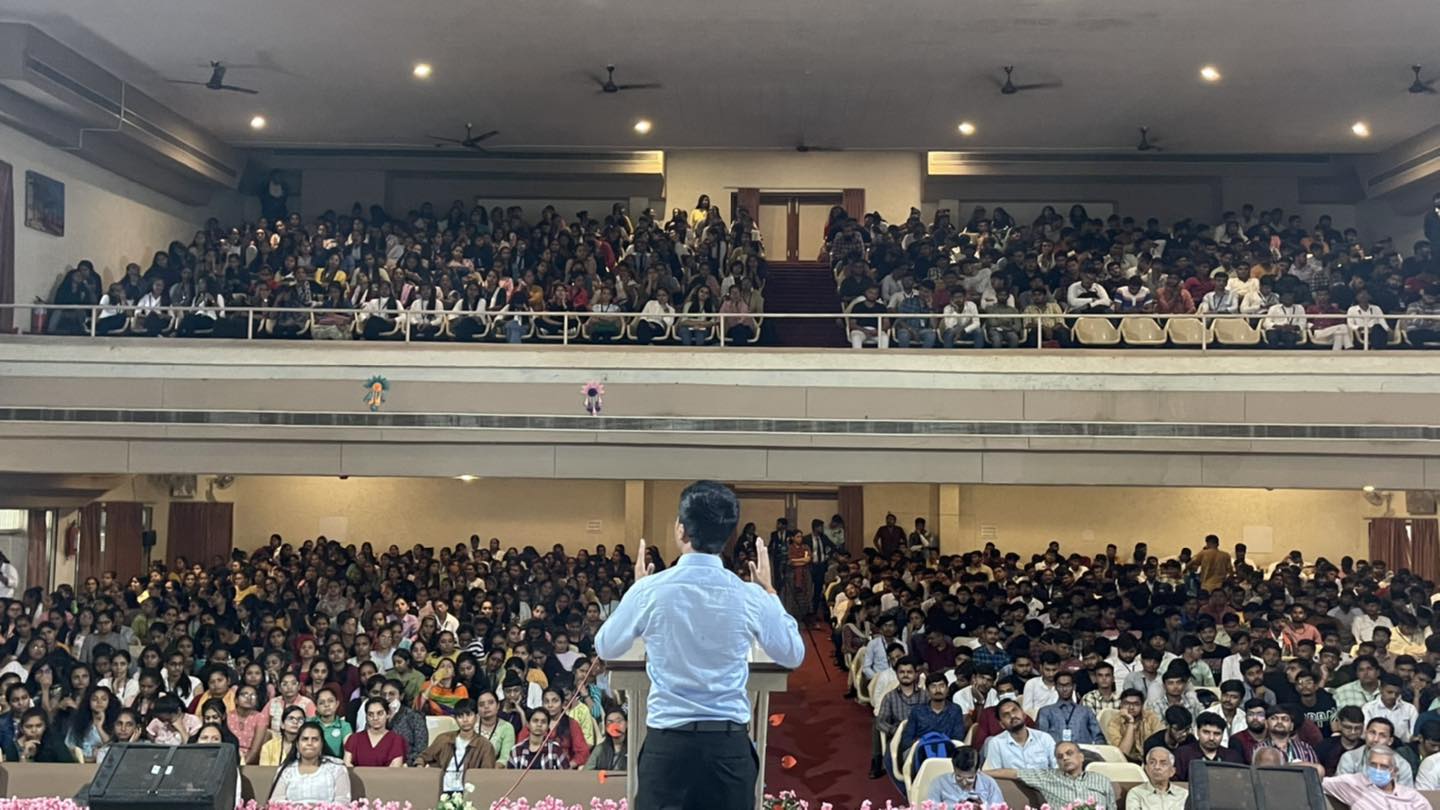
Addressing audience at one of the events
We connect kids with opportunities, help them build their skill sets by developing their critical thinking, research, communication and leadership skills, and enable their transition from high school to top universities of the world.
Says the Tufts alumni, who received a full scholarship amounting to ₹ 4 crore.
It was a matter of great pride for Sharad in the final year of Tufts University when a youngster from the Dexterity Global network joined the institution as a freshman.
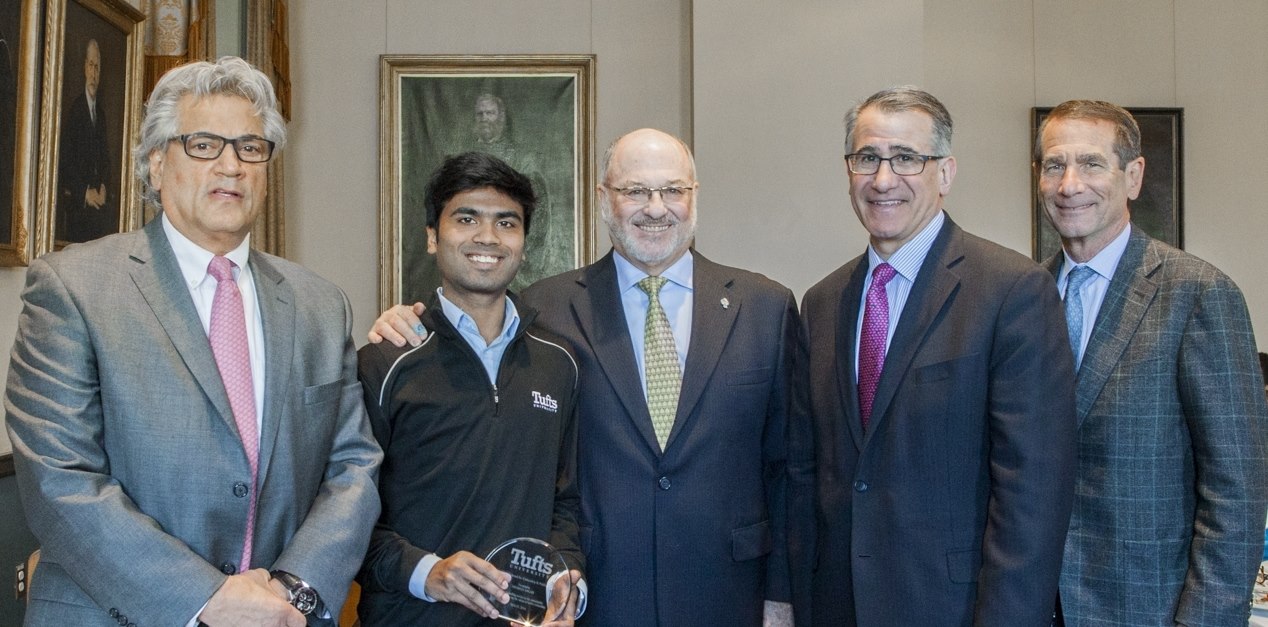
With Anthony Monaco and senior members of Tufts University at Presidential Award Ceremony
From then to now
“The first time that I saw a school was when I was in grade four. Until then I had only imagined what it looked like,” says Sharad. Patna, the town where he joined school, was the biggest city that he had seen until then.
The name that his parents chose for him when he was born connotes three significant things, Sharad stands for the autumn season, Vivek has been inspired by Swami Vivekananda, and Sagar by Ishwar Chandra Vidyasagar.

True to his name, Sharad identifies with the principles of Swami Vivekananda greatly, and considers himself his dedicated worker. He gave such a powerful speech at the Vivekananda Memorial in Baroda that Sharad was fondly dubbed the Vivekanand of 21st Century by the local media.
Sharad’s organisation, Dexterity Global, has successfully reached out to more than 7 million young people across remote towns and villages, connecting them with opportunities to study and upskill themselves. They are taught to develop a mindset geared to solve 21st century problems and many become community role models in their villages.

Invited at Kaun Banega Crorepati as one of the experts
Crossing boundaries
“I was an outstanding student,” he jokes. “Since I loved talking to my classmates, I was made to stand outside the class many times.” The talent of effective communication led him to win more than 200 local, national and international debate and quiz competitions while he was in school. He represented India at intergovernmental and UN platforms in six different countries as a high school student.
In 2009, when my mother passed away, we hired Aruna Di to cook for us. Her son was 5-yrs-old. We got him enrolled in the same school as us. He later became a #DexterityToCollege fellow. This year, Amarjeet is going to Atria University on a full scholarship of ₹35 lacs. pic.twitter.com/rh14kLvzI8
— Sharad Vivek Sagar (@SharadTalks) August 29, 2022
While Sharad was being celebrated in his school and city, one thought that kept him restless was that ‘how kids with the same amount of passion, dream and talent as him were disconnected from the possibility of going far due to lack of opportunities’. This restlessness led him to start Dexterity Global.
Breaking records
Sharad has broken major records in both prestigious universities. He became the first Indian to be selected as the Graduation Speaker at Tufts University in 2016, and also became the youngest in the 160 years of the university’s history to receive the Alumni Achievement Award. He graduated with a major in international relations.
At Tufts, Sagar was the first freshman to win the $100,000 Entrepreneurship Challenge and the only one to win the competition twice. For his path breaking work in the field of education, he became the youngest recipient of the University’s Paul and Elizabeth Montle Prize for Entrepreneurial Achievement.
Though an offer to do his masters from Harvard University awaited him, he chose to focus, for the next five years, on reaching the remotest corners of India. It was in 2021 that he went to Harvard on scholarship for a one-year post graduation programme, participated in the election for the university’s student body president and became the first Indian to be elected for the post.

Speaking at Harvard
Powerful role model
Rising from a nondescript village, Ziradei, Bihar, where he was born to climb the global education ladder and becoming a part of the syllabus on social entrepreneurship at Michigan State University is no mean feat, but there is more to the hero of Bihar.
IIM-Nagpur prepared a case study on Dexterity Global, the Govt of Taiwan quoted Sharad on their Social Impact Agenda at World Forum in Milan, Italy, and the Development Bank, Singapore quoted him in their annual report.
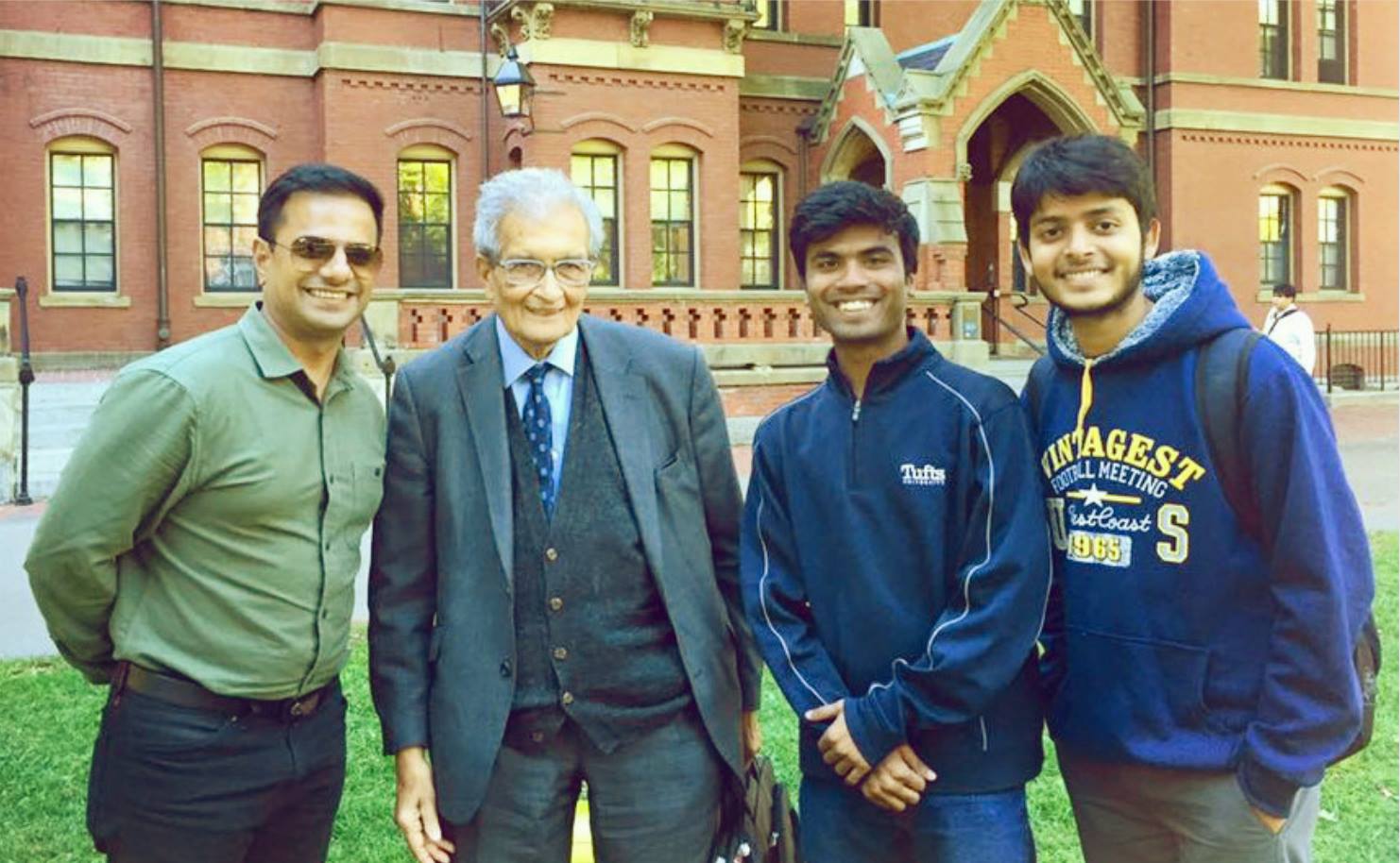
With Amartya Sen and friends
With the pioneering financial aid model of Sharad Vivek Sagar, the youngsters supported by Dexterity Global have won major national and international awards, started their own initiatives and have received more than 720 million rupees in scholarships from topmost colleges of the world. 85 percent of these kids come from low-income families. “My story is the story of thousands of underprivileged kids,” says the social entrepreneur, who remains firmly committed to nation building and public service.

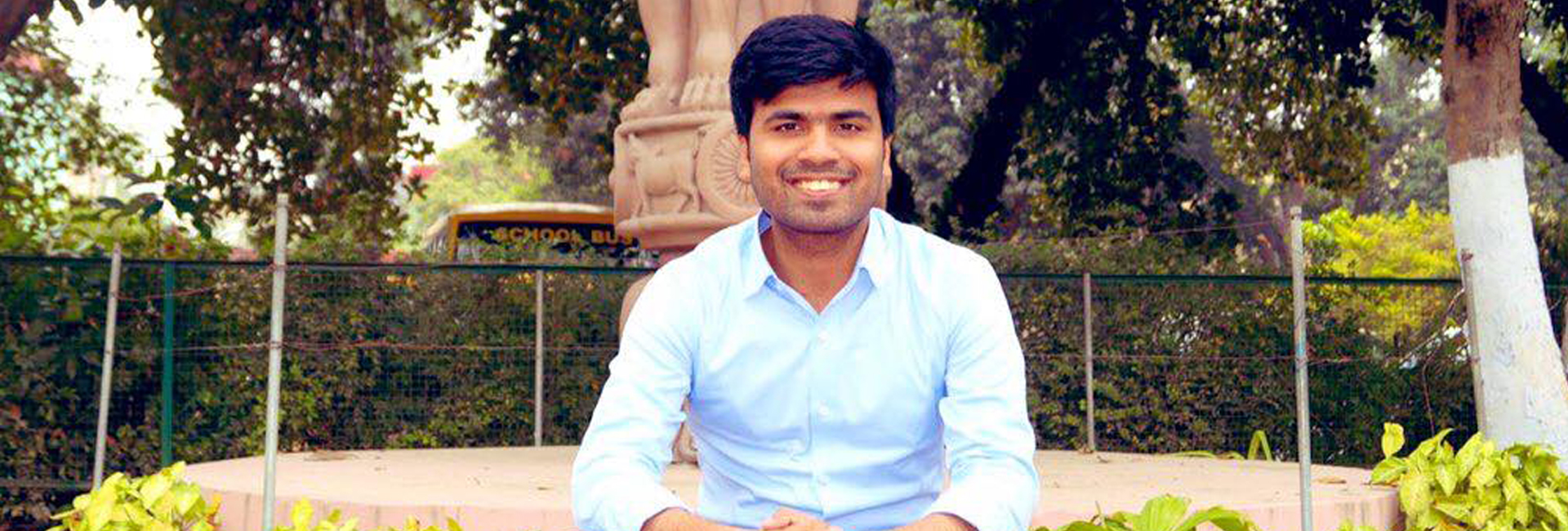
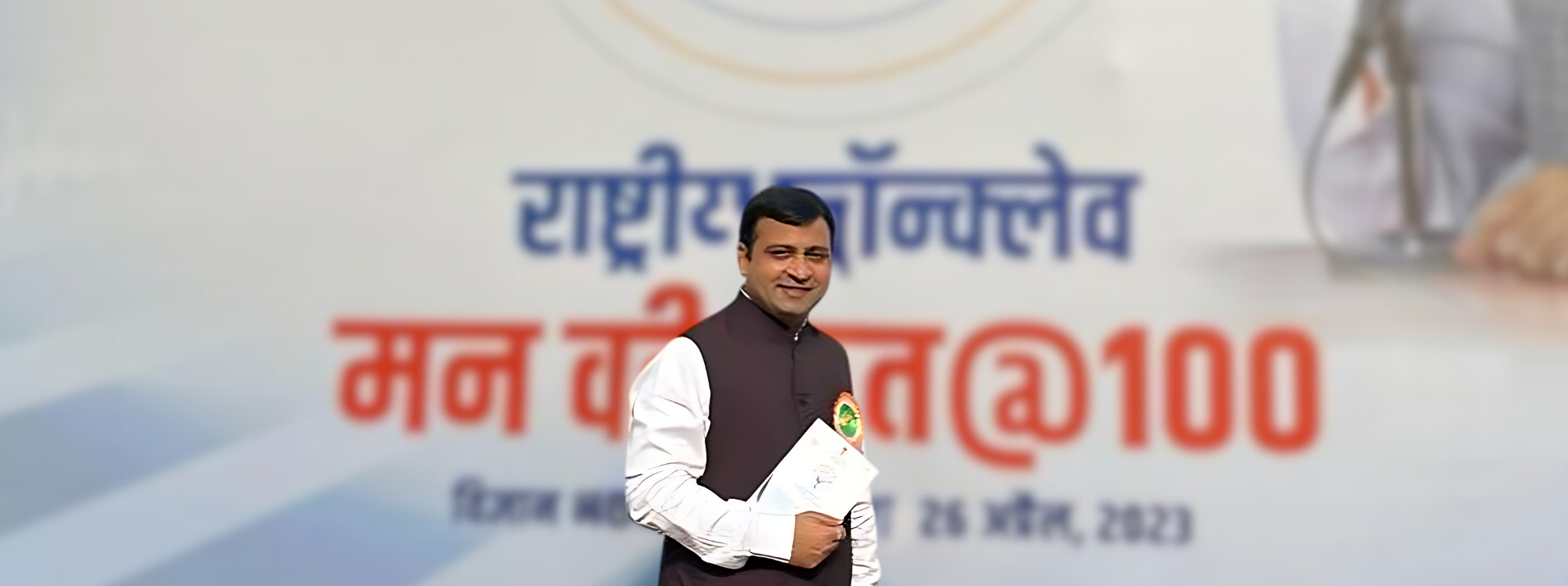
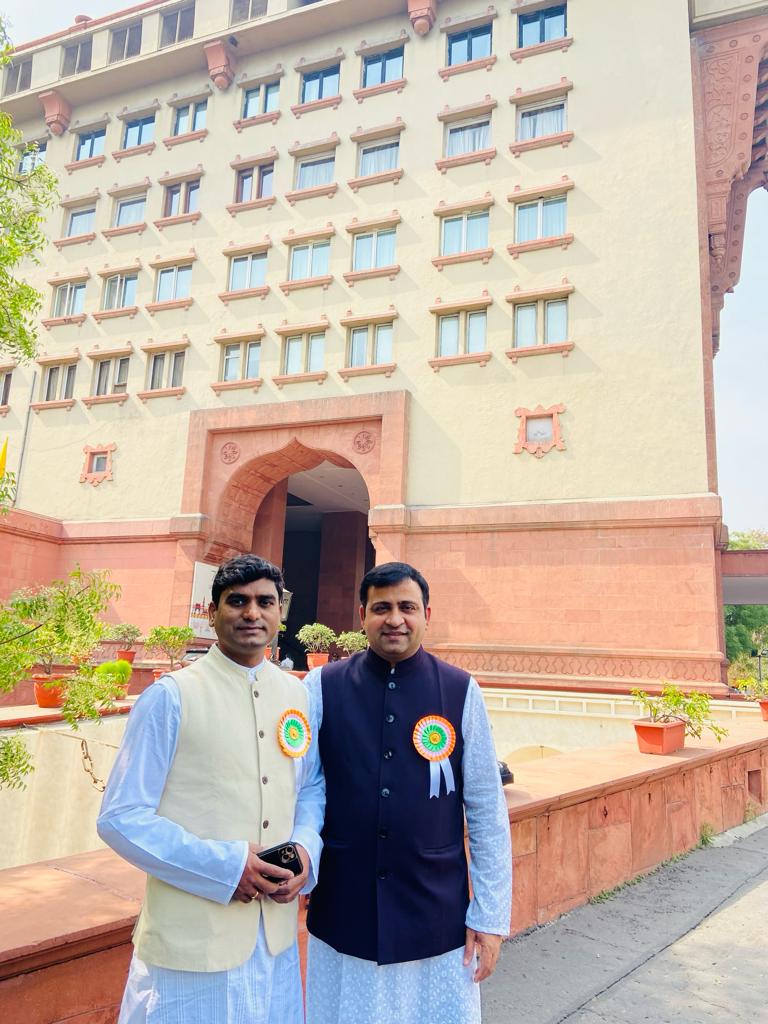 Rajnish with SmartGaon co-founder Yogesh[/caption]
Rajnish with SmartGaon co-founder Yogesh[/caption]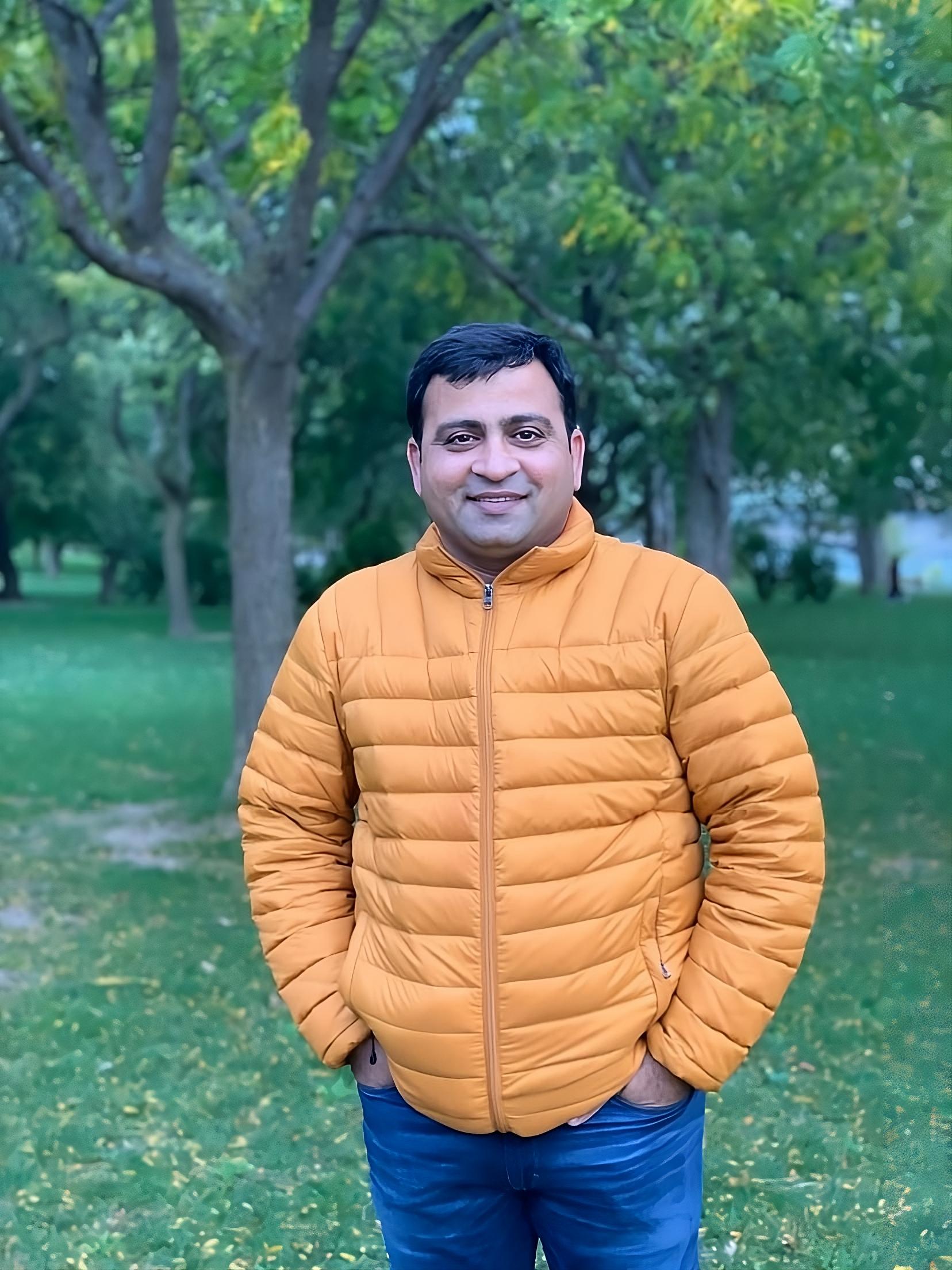

 Dhruv Bogra at Bear Glacier in Alaska.[/caption]
Dhruv Bogra at Bear Glacier in Alaska.[/caption] Dhruv Bogra[/caption]
Dhruv Bogra[/caption]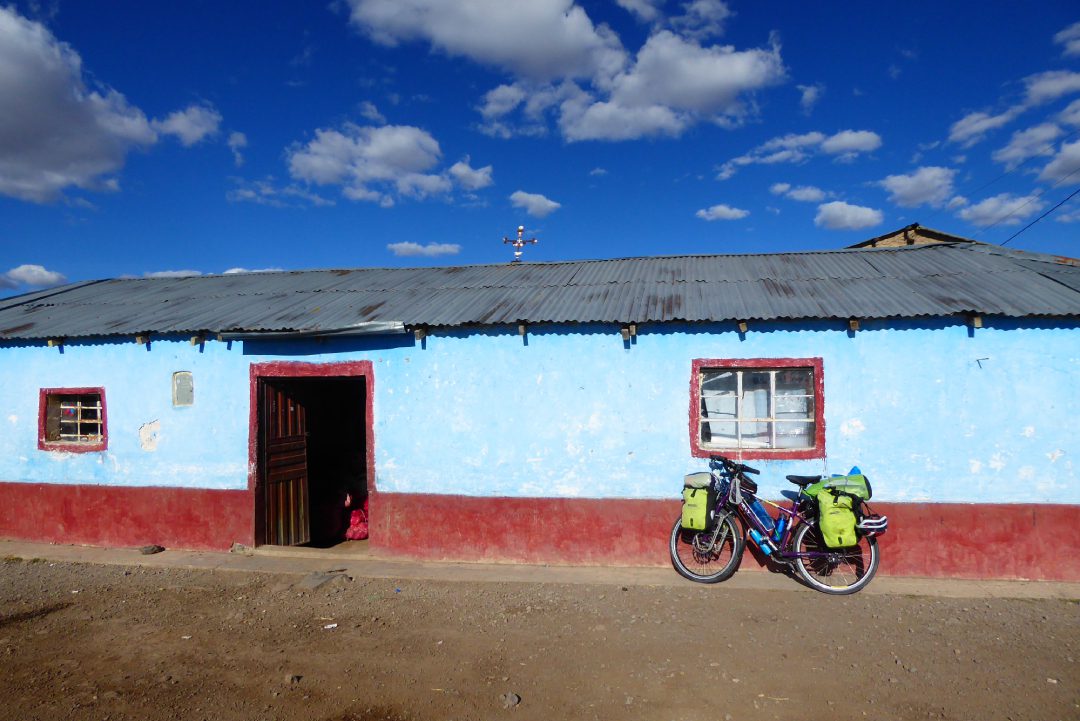 Negro Mayo village in Peru[/caption]
Negro Mayo village in Peru[/caption]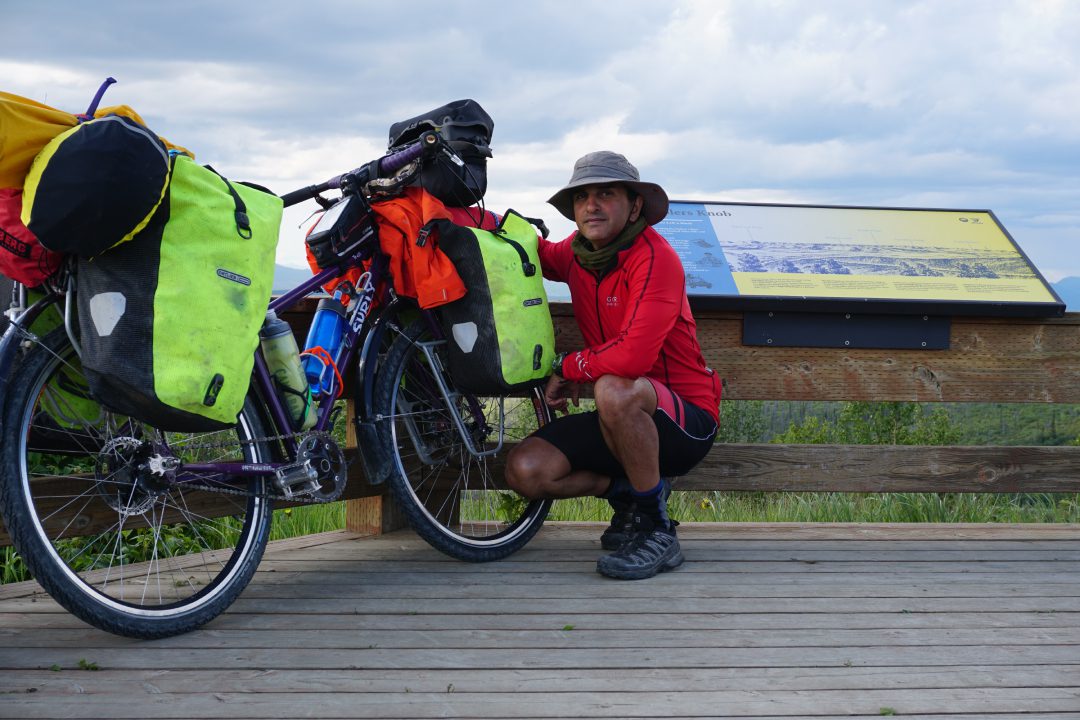 Dhruv Bogra at Gobbler's Knob with his Surly Troll cycle.[/caption]
Dhruv Bogra at Gobbler's Knob with his Surly Troll cycle.[/caption] Dhruv Bogra camping at Boya Lake in Canada.[/caption]
Dhruv Bogra camping at Boya Lake in Canada.[/caption] Sacred Valley in Peru[/caption]
Sacred Valley in Peru[/caption]
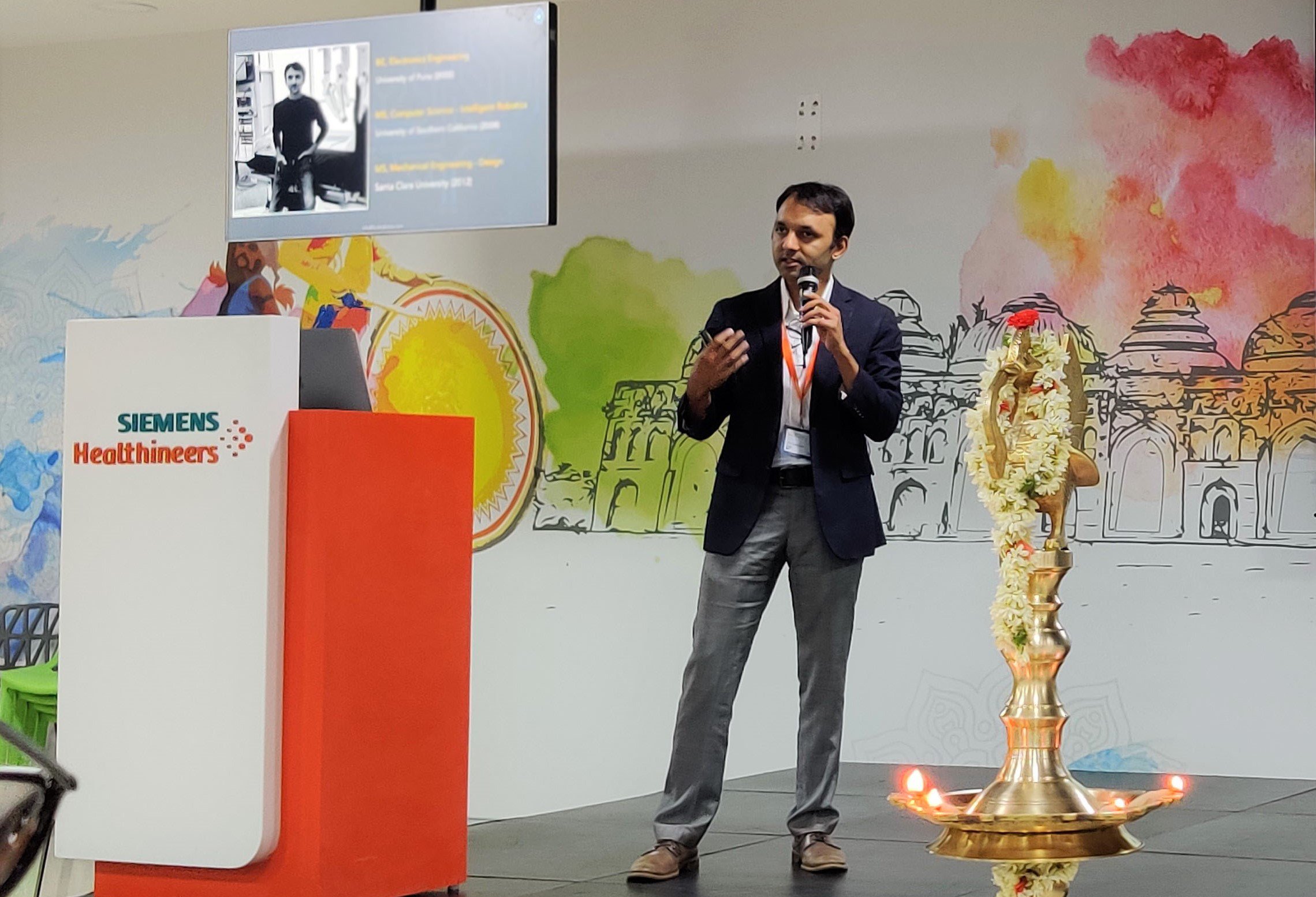 Asim Bhalerao[/caption]
Asim Bhalerao[/caption] Nidhi Jain, the co-founder of Fluid Robotics[/caption]
Nidhi Jain, the co-founder of Fluid Robotics[/caption]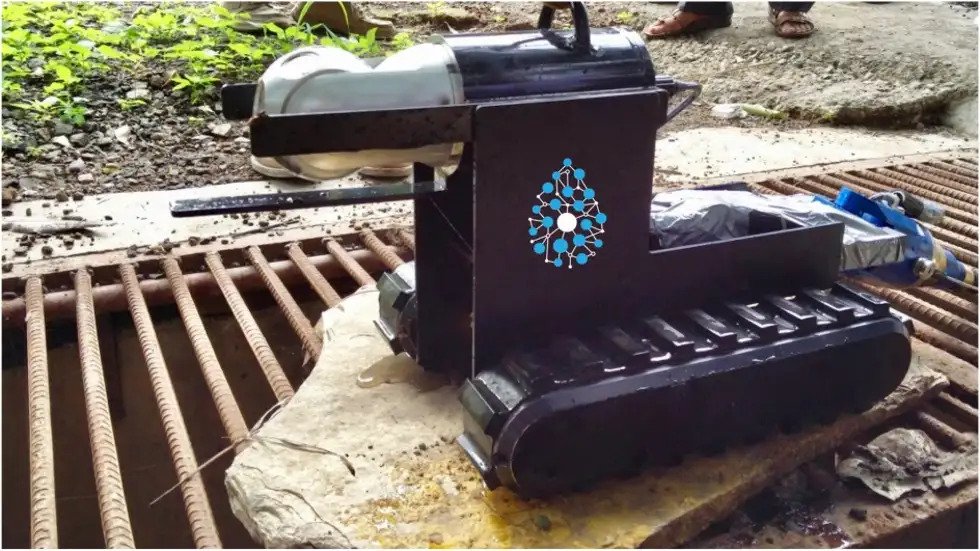
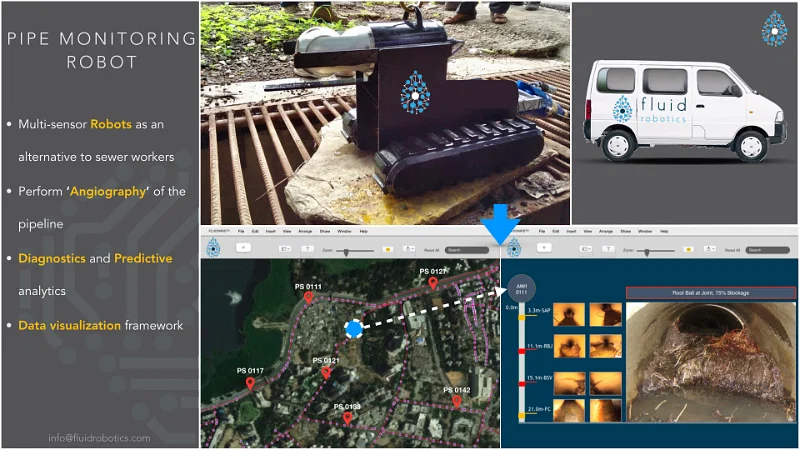


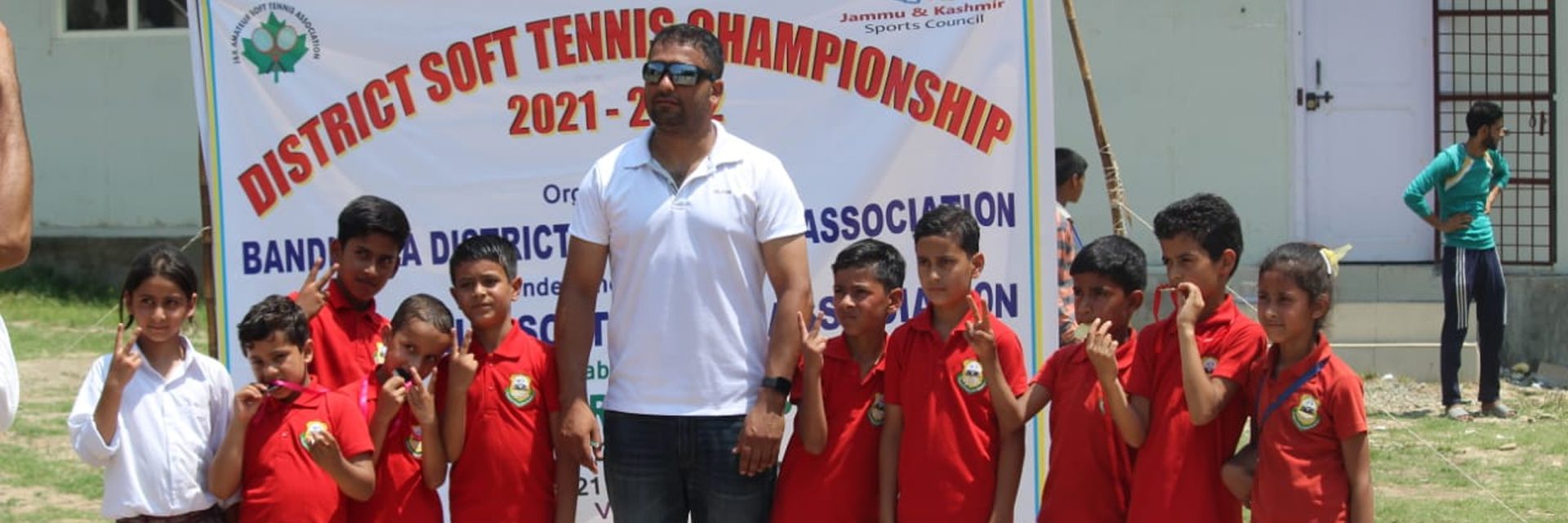
 Faisal training young girls[/caption]
Faisal training young girls[/caption]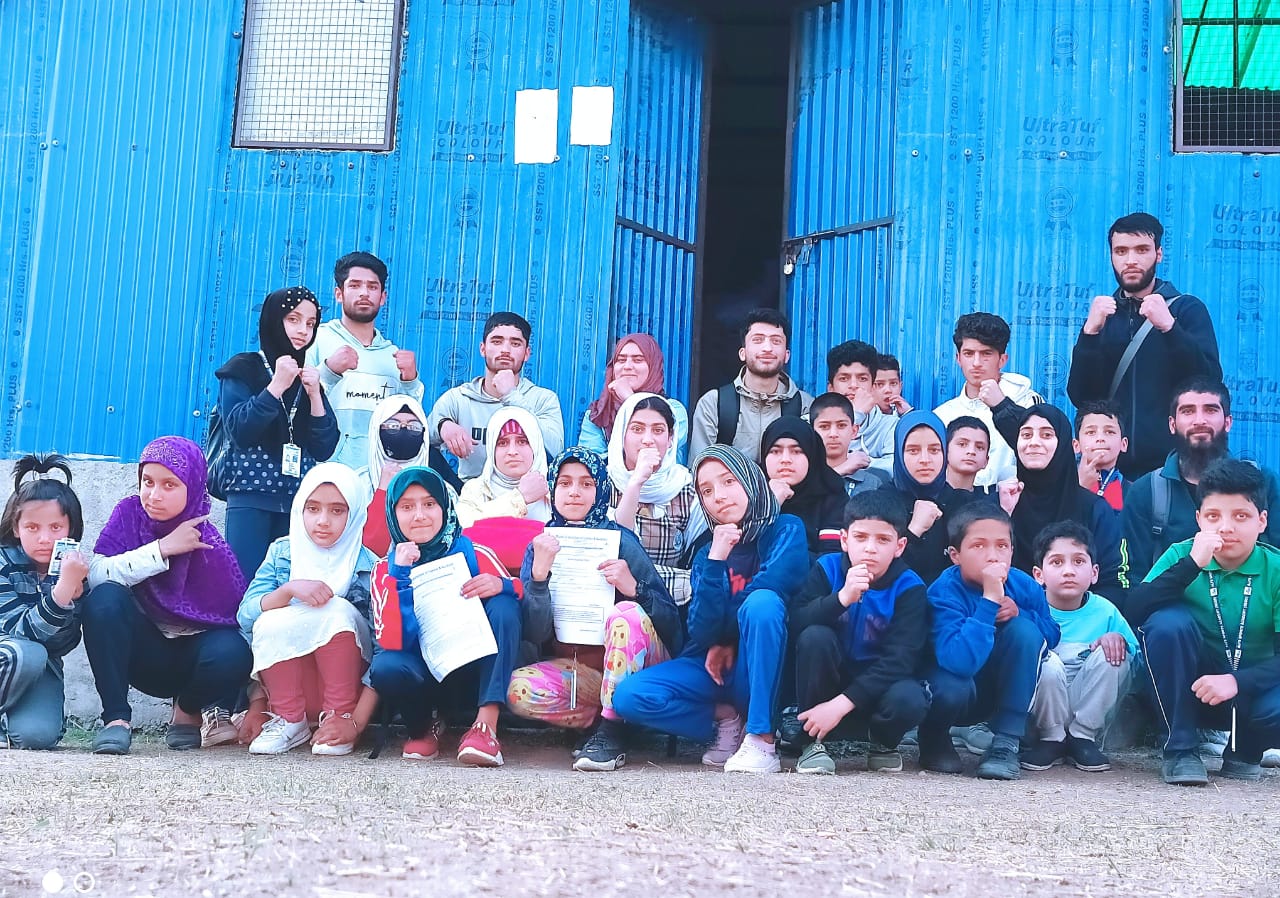 About 14,000 youngsters are being trained his centres in Jammu and Kashmir[/caption]
About 14,000 youngsters are being trained his centres in Jammu and Kashmir[/caption]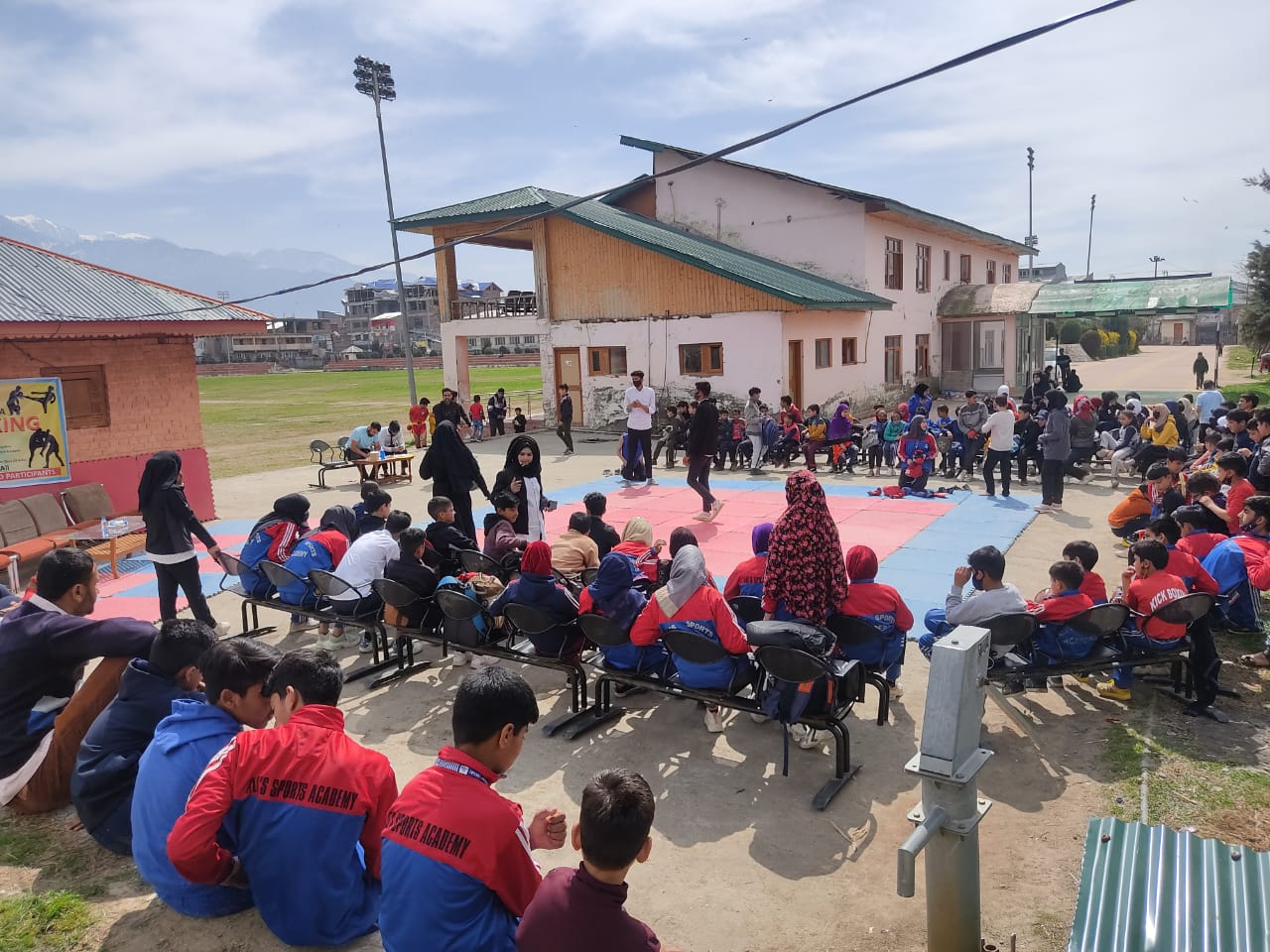 Faisal during an event at his sports academy[/caption]
Faisal during an event at his sports academy[/caption]
We are thankful to God that we Indians got son like you.😊💕